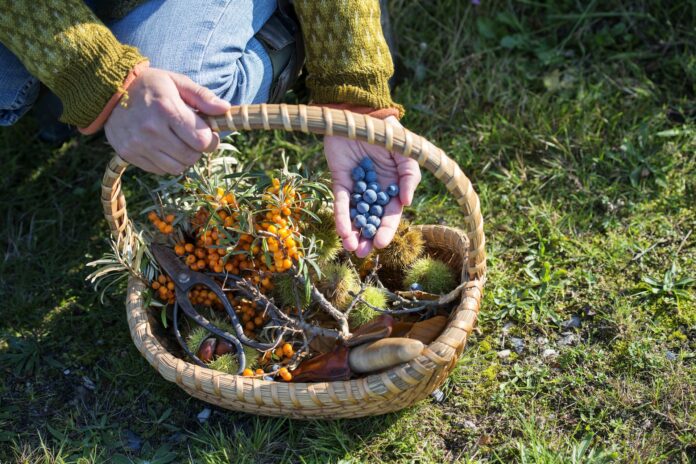
Foraging is an ancient practice that has been an integral part of human life for thousands of years. It is a time-honored tradition that involves gathering wild plants, berries, nuts, mushrooms, and even shellfish from the natural environment.
It is a great way to connect with nature, as it allows us to explore the outdoors and learn about the ecosystems in which we live.
In recent years, foraging has seen a resurgence in popularity as people have become more interested in sustainable and locally sourced food.
Essential Equipment: What You Need to Get Started
The first step to foraging is to have the proper equipment. The essentials include a good pair of hiking boots, a backpack to carry your supplies, a map of the area, and a field guide to identify the plants you encounter.
It is also a good idea to bring a knife, gloves, and a basket or bag for collecting your finds. As you become more experienced, you may want to invest in a foraging stick, which can be used to reach high branches or to probe the ground for hidden treasures.
If you’re interested in exploring nature’s buffet, reach out to Forage SF, and they’ll assist you in your pursuit.
Safety Tips: Avoiding Poisonous Plants and Animals
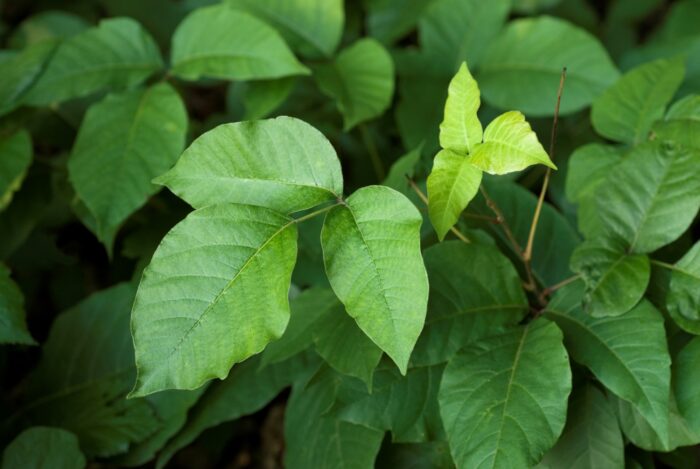
Foraging can be a fun and rewarding activity, but it is important to take precautions to avoid poisonous plants and animals. It is essential to be able to identify the plants you are collecting, as some can be deadly if ingested.
It is also important to be aware of the risks posed by wildlife, such as venomous snakes or bears. Before heading out to forage, it is a good idea to research the area and consult with local experts to learn about any potential hazards.
Code of Conduct: Ethical and Sustainable Harvesting
It is not just about collecting wild foods; it is also about being responsible stewards of the environment. The foragers’ code of conduct emphasizes the importance of ethical and sustainable harvesting.
This means only taking what you need and leaving enough for the plants and animals to continue to thrive. It also means being respectful of private property and obtaining any necessary permits before harvesting in certain areas.
Identifying Edible Plants: Common Wild Foods
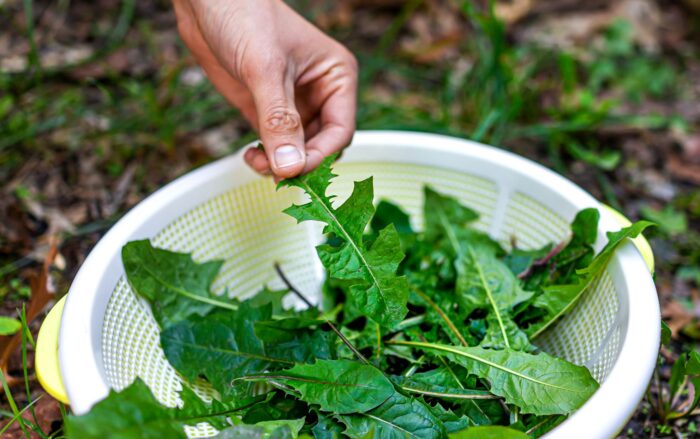
One of the most important skills for a forager is being able to identify edible plants. There are many common wild foods that are easy to identify, such as dandelion greens, blackberries, and wild onions.
However, there are also many plants that look similar to edible plants but are poisonous. A good field guide can help you identify the plants you encounter and avoid any potential dangers.
Wild Mushrooms: A Mycologist’s Paradise
There are thousands of different types of mushrooms, many of which are edible and delicious. However, it is important to be extremely cautious when foraging for mushrooms, as some can be deadly if consumed.
It is essential to be able to identify the different types of mushrooms and to know which ones are safe to eat. A good rule of thumb is to always double-check your identification with an expert before consuming any mushrooms.
Foraging for Berries and Nuts: Nature’s Sweet Treasures
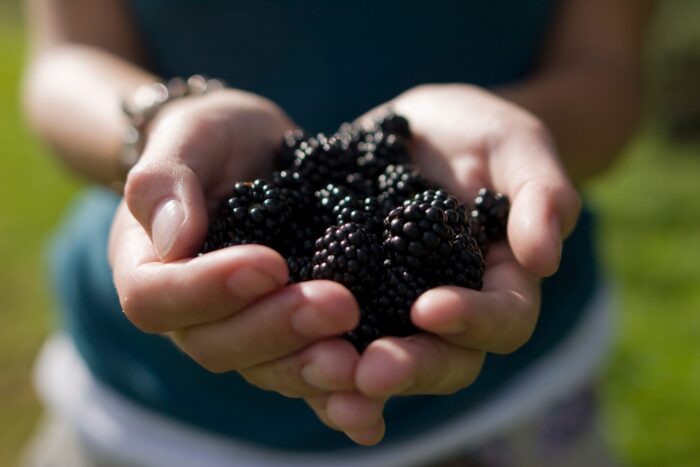
Berries and nuts are some of the easiest and most delicious wild foods to forage for. From strawberries and blueberries to hazelnuts and chestnuts, there are countless varieties to choose from. This is a great way to enjoy nature’s bounty and add some variety to your diet.
In addition to being delicious, berries and nuts are also packed with nutrients and antioxidants.
Foraging for these wild foods can not only be a fun and rewarding activity, but also provide a healthy addition to your diet. And the best part? It is free, making it an accessible way to enjoy the benefits of wild foods.
Discovering Wild Herbs and Spices: Enhance Your Culinary Creations
From parsley and cilantro to wild garlic and mint, there are many herbs that can be found in the wild.
Spices like cinnamon and nutmeg can also forage in certain areas. Learning about wild herbs and spices can not only enhance your culinary creations but also introduce you to new flavors and aromas.
Seaweed and Shellfish: Coastal Adventures
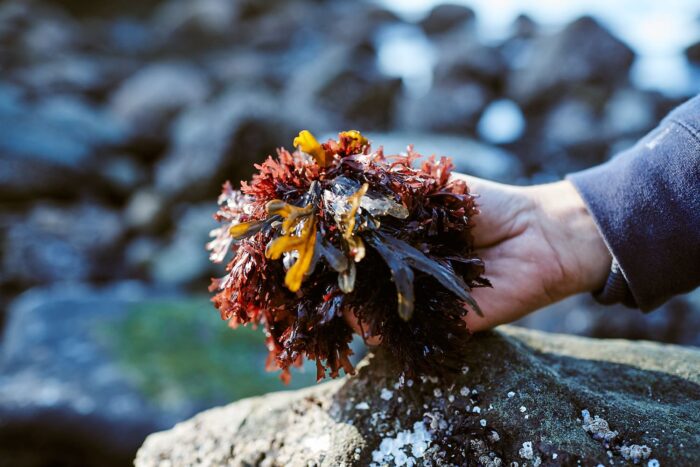
Harvesting along the coast is a unique and exciting experience. Seaweed is a nutritious and versatile food that can be used in a variety of dishes.
Shellfish such as clams, mussels, and oysters are also abundant in coastal areas and can be a delicious addition to any meal. However, it is important to be aware of any local regulations or restrictions before foraging in these areas.
Medicinal Plants: Nature’s Apothecary
Gathering medicinal plants can provide a wealth of natural remedies for a variety of ailments. From echinacea and chamomile to elderberry and yarrow, there are many plants with medicinal properties that can be found in the wild.
It is important to research the proper use and dosage of these plants before consuming them for their medicinal properties.
Foraging with Children: Cultivating a Love for Nature
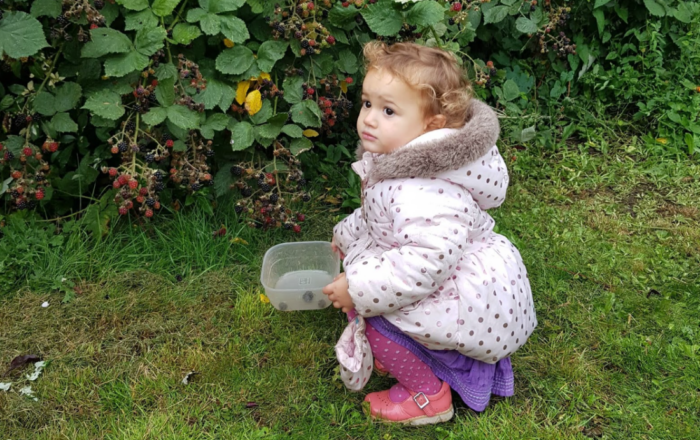
It can be a great activity to share with children. It can help foster a love for nature and teach children about the environment and sustainability. It is important to involve children in the foraging process and teach them about plant identification and ethical harvesting.
Preserving Your Foraged Finds: Techniques for Storing and Cooking
Preserving your foraged finds is an essential step to ensure you can enjoy them for longer periods. Proper storage and cooking techniques are crucial to maintaining the quality and safety of your foraged finds.
Certain wild plants and foods may require specific storage methods, such as drying, fermenting, or canning, to ensure their longevity. By preserving your foraged finds, you can enjoy the flavors and benefits of wild foods even when they are out of season.
In addition to proper storage techniques, it is important to know how to prepare and cook wild foods. Many wild foods require a different approach to cooking than their cultivated counterparts.
Some may require soaking or boiling to remove bitterness, while others may need to be roasted or grilled to bring out their natural flavors.
It is also important to be aware of any potential safety concerns when cooking wild foods, such as ensuring that meat is cooked to a safe temperature.
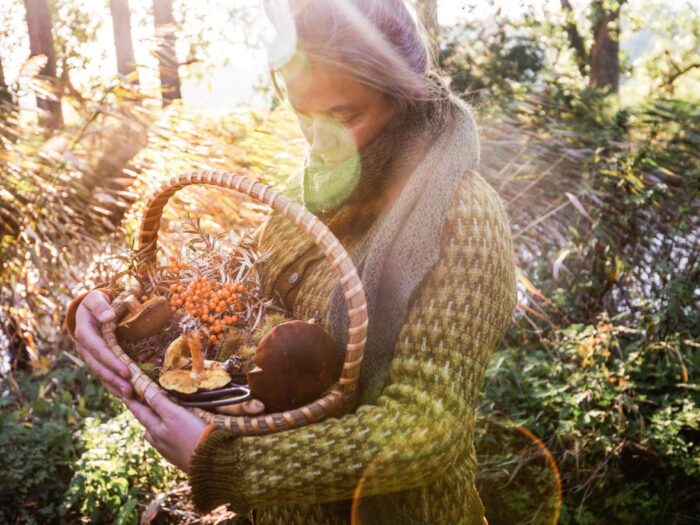
Wrapping up
In conclusion, foraging is a timeless connection to nature that can provide a wealth of benefits. From discovering new flavors and aromas to promoting physical and mental well-being, foraging is a hobby that can be enjoyed by all ages.
By following ethical and sustainable harvesting practices, identifying edible plants, and taking necessary safety precautions, it can be a safe and rewarding activity for anyone interested in exploring the natural world around them.
















